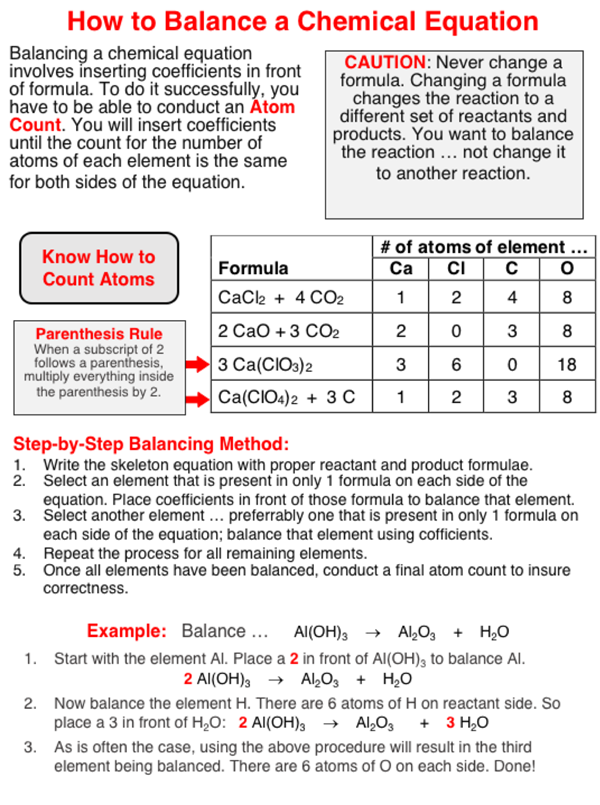A balanced chemical equation shows the number of particles of each substance involved in a chemical reaction. Such an equation includes formulas and coefficients. A formula includes symbols for each type of atom in the substance. The coefficients are the numbers present in front of the formulae. If you are given a verbal description of a reaction, then you can identify the reactant and product formulae and write a balanced chemical equation with the formulae and some coefficients.
Getting your Trinity Audio player ready...
Hold down the T key for 3 seconds to activate the audio accessibility mode, at which point you can click the K key to pause and resume audio. Useful for the Check Your Understanding and See Answers.
Writing Balanced Chemical Equations - help8
There are two questions in this Question Group. The two questions are very similar or are the same type of reaction The question below is one of the questions.
Version 1:
The sentence below describes a chemical reaction. Write and balance the equation for this reaction.
Aluminum reacts with bromine to form aluminum bromide.
